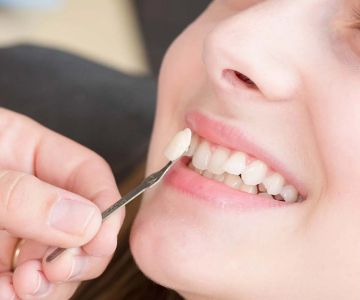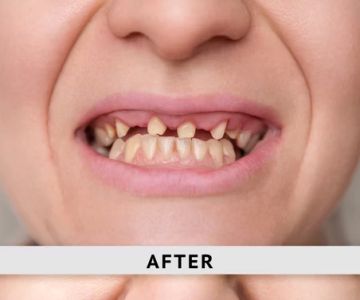Introduction to Functional Recovery After Tooth Restoration
The journey to a healthy smile often involves overcoming various dental challenges, with tooth restoration playing a crucial role in achieving optimal oral health.
Restorative dentistry does not only focus on aesthetics but also on restoring the functionality of teeth, which significantly impacts daily activities like chewing, speaking, and overall comfort.
Understanding the process and stages of functional recovery after tooth restoration can help patients better navigate their treatment options and post-procedure care.
In this article, we explore the intricacies of tooth restoration, the benefits it offers, and what patients can expect during the recovery process, guiding you to make informed decisions about your dental health with insights from Dentistry Toothtruth.
Understanding Tooth Restoration
Tooth restoration refers to various dental procedures that repair or replace damaged or missing teeth, restoring both appearance and function.
Common types of restorations include fillings, crowns, bridges, implants, and veneers. Each serves a distinct purpose and is selected based on the patient's specific needs.
For instance, a filling might be used to treat a small cavity, while a crown is employed to restore a tooth with significant structure loss.
Studies indicate that tooth restorations not only improve a person's smile but also enhance chewing efficiency and speech clarity, which are vital for a high quality of life.
The Process of Tooth Restoration
Tooth restoration kicks off with a comprehensive examination by a dental professional, who assesses the damage and recommends appropriate treatments.
The procedure may involve multiple visits, especially in cases requiring advanced solutions like dental implants.
Functional Recovery: What to Expect
Post-restoration, the recovery process varies based on the type of procedure performed. However, some common expectations include:
Studies suggest that following dentist-recommended care practices accelerates recovery and minimizes potential complications.
Benefits of Successful Tooth Restoration
A well-executed tooth restoration extends beyond cosmetic improvements, offering significant advantages for overall oral health.
Functional restoration allows for efficient chewing and a more balanced diet, contributing to better digestive health.
Furthermore, improved speech can enhance social interactions and boost confidence, leading to an overall better quality of life.
Long-term benefits include increased durability and resilience of natural teeth, reducing the risk of future dental issues.
Challenges in the Tooth Restoration Process
Despite its benefits, tooth restoration can present challenges, including potential allergic reactions to materials used or issues with improper fitting.
Maintaining good oral hygiene practices is crucial to prevent infections or secondary cavities around restored teeth.
Conclusion and Recommendations
Functional recovery after tooth restoration is a multi-faceted journey that requires understanding and care.
While the end goal is a healthy, fully functional smile, the steps taken during recovery significantly impact the restoration's success.
Regular dental check-ups, adherence to prescribed care routines, and informed choice of restoration materials improve the outcome of the restoration process.
For American users seeking reliable information on tooth restoration and recovery, resources like Dentistry Toothtruth offer valuable insights and expert guidance.







 Westgate Dental Arts
Westgate Dental Arts Coventry Family Dental
Coventry Family Dental Familia Dental
Familia Dental Dr. Daniel S. Fife, DDS
Dr. Daniel S. Fife, DDS Dentistry At Suburban Square: Michael I. Wollock, DMD
Dentistry At Suburban Square: Michael I. Wollock, DMD Comfort Care Dental
Comfort Care Dental The Importance of Oral Health Education During Pregnancy for a Healthy Pregnancy
The Importance of Oral Health Education During Pregnancy for a Healthy Pregnancy Why Skipping Dental Checkups Can Lead to Bigger Oral Health Problems
Why Skipping Dental Checkups Can Lead to Bigger Oral Health Problems Advantages of Porcelain Dental Restorations
Advantages of Porcelain Dental Restorations Best Tips for Brushing Your Teeth Properly for Healthy Gums: Essential Techniques for Oral Health
Best Tips for Brushing Your Teeth Properly for Healthy Gums: Essential Techniques for Oral Health How Can Diabetes Cause Tooth and Gum Problems? Preventing and Managing Oral Health Issues
How Can Diabetes Cause Tooth and Gum Problems? Preventing and Managing Oral Health Issues Healthy Habits for Promoting Good Oral Health and Hygiene: Tips for a Healthy Smile
Healthy Habits for Promoting Good Oral Health and Hygiene: Tips for a Healthy Smile